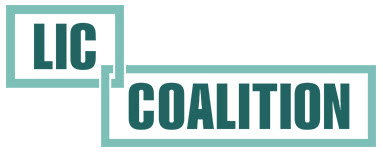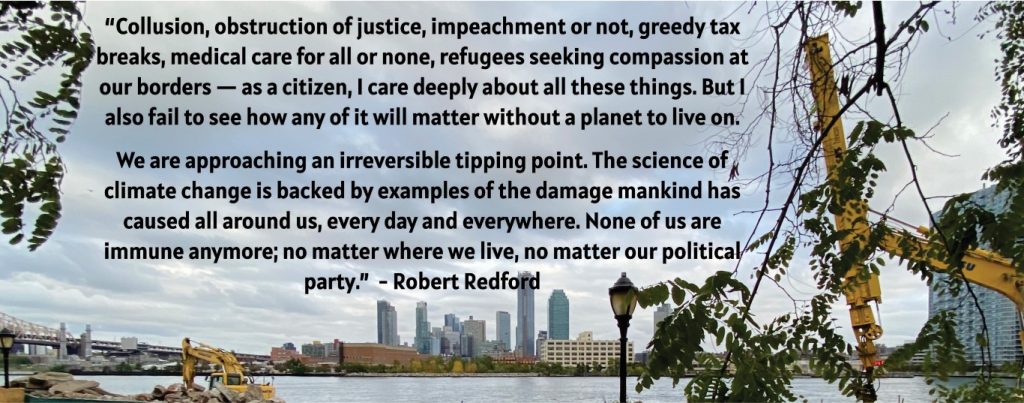
On October 29, 2012 Super storm Sandy hit Long Island City. While some would say this was a 100 year event most scientists agree that this is just the beginning. The Power House Development filled with 11′ of water in the lobby, another condo up the street was evacuated for over a year because the developer had placed all the electrical in the basement.
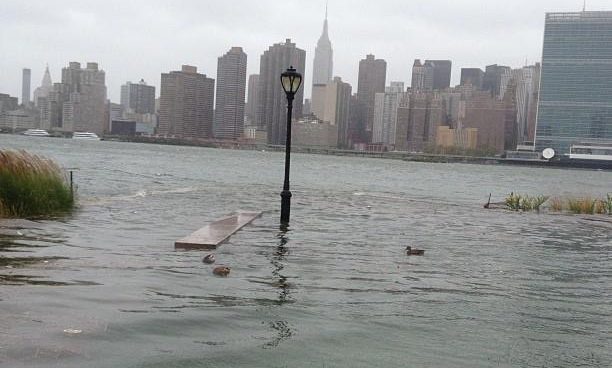
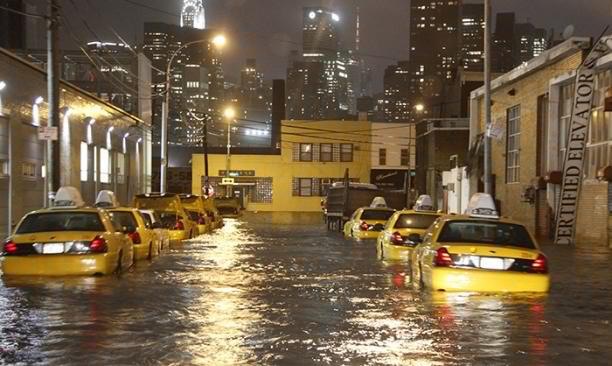
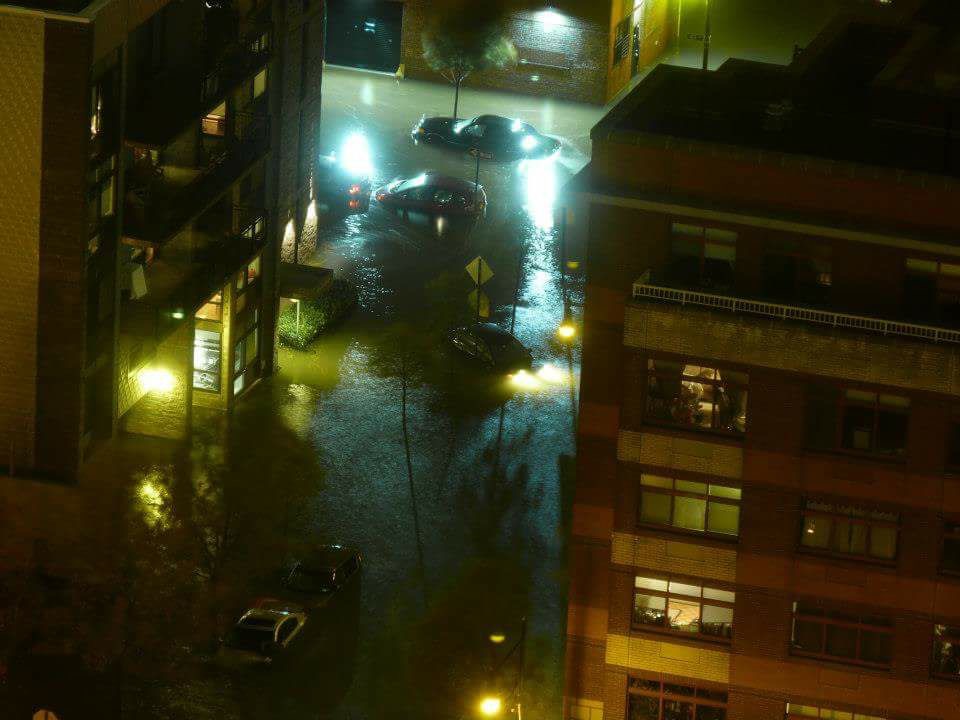
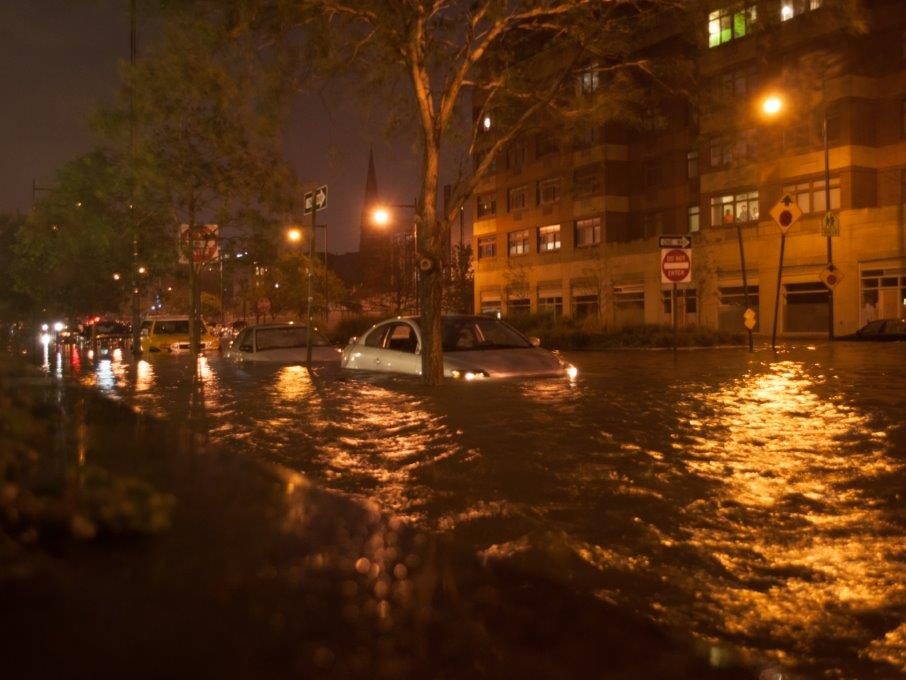
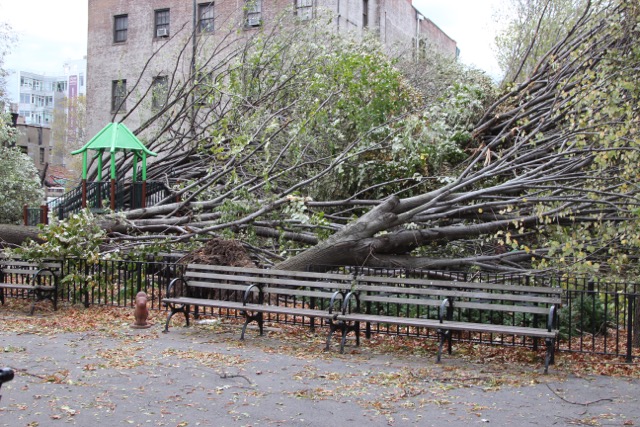
Waters rose to 6 feet at 44th drive where we find Public Land and Lake Vernon. In fact The Department of Education building still has 60 million in FEMA funds slated to its new incarnation once community input is heard around its repurposing.
Long Island City is one of the most vulnerable neighborhoods in New York to water threats from three sources: storm and tidal surges (from sea-level rise), rising water tables, and increased storm events. To learn more about the three types see Hunters Point Community Coalition Whitepaper here.
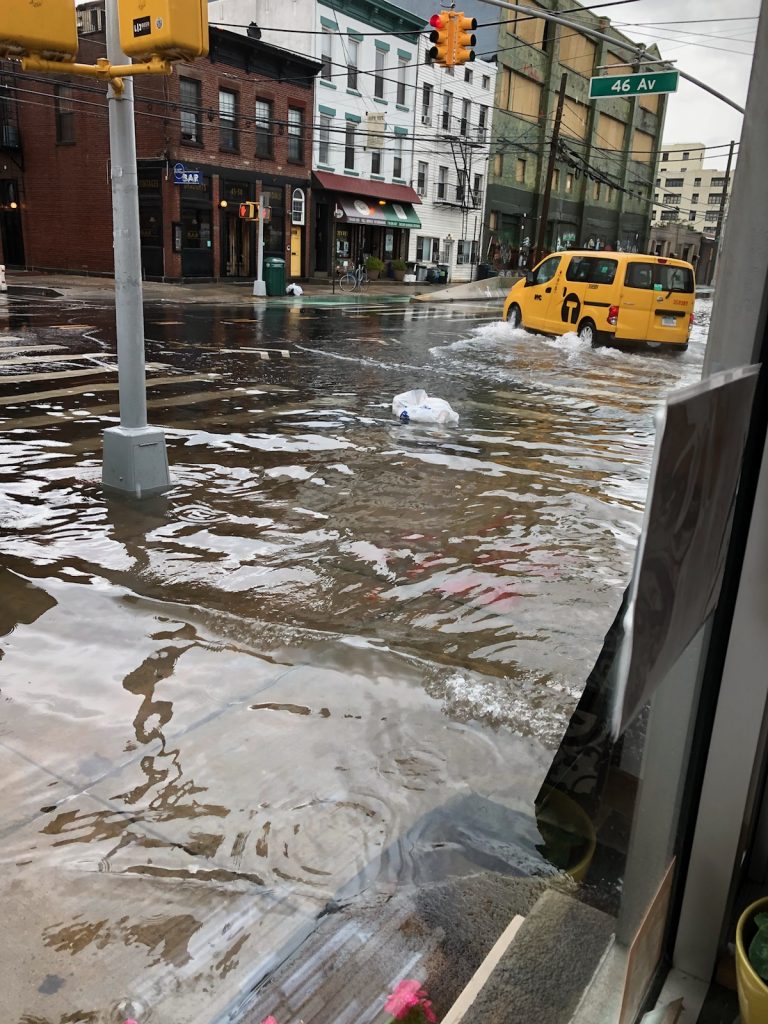
Climate Central found that New York would be the second most affected state if this extreme sea level rise were to occur. An average high tide would be two feet higher than Hurricane Sandy’s flood level and would affect an area currently inhabited by more than 800,000 residents.
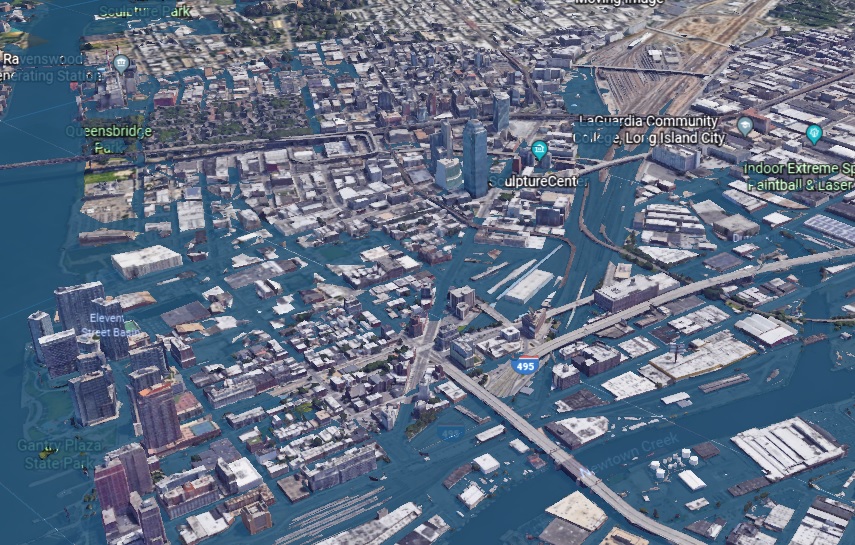
While people associate flooding with storms, hurricanes, or certain seasons, sunny day flooding can occur on days when there hasn’t been any rainfall or a cloud in the sky. Scientists point to this trend of sunny day flooding as one way that climate change is affecting our natural environment.”
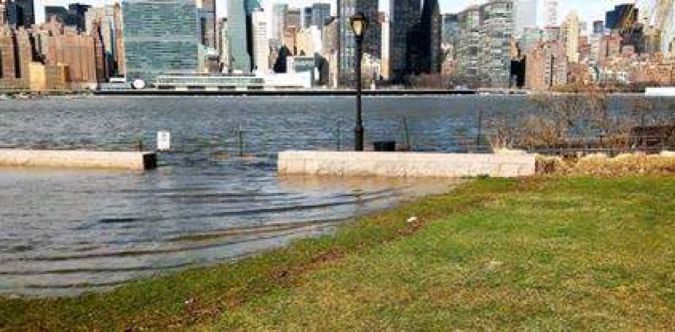
In Staten Island residents were offered money for their homes after Super Storm Sandy. Municipalities across the country are finding it cheaper to buy distressed, flooded properties rather than to rebuild. Insurance rates go up, adding burden to those who are unable to afford protection. In September 2021, storms from Hurricane Ida caused flash flooding. Immigrants living in basements were trapped and had no route of escape. The flooding caused billions in damage and many deaths, not to mention the psychological and systemic damage. Our failure to act now will only increase the ramifications. Imagine devastating flooding events along the entire Eastern seaboard combined with a pandemic of covid.
LICC Advocating for Resiliency measures
The decisions communities are making today for how and where they develop dictate their ability to bounce back after storm events. This is what is meant by coastal resiliency. Understanding where and how our communities are vulnerable to loss from coastal hazards and adapting planning and development practices to compensate for these vulnerabilities will ultimately result in lives and dollars saved and stronger communities for the future.
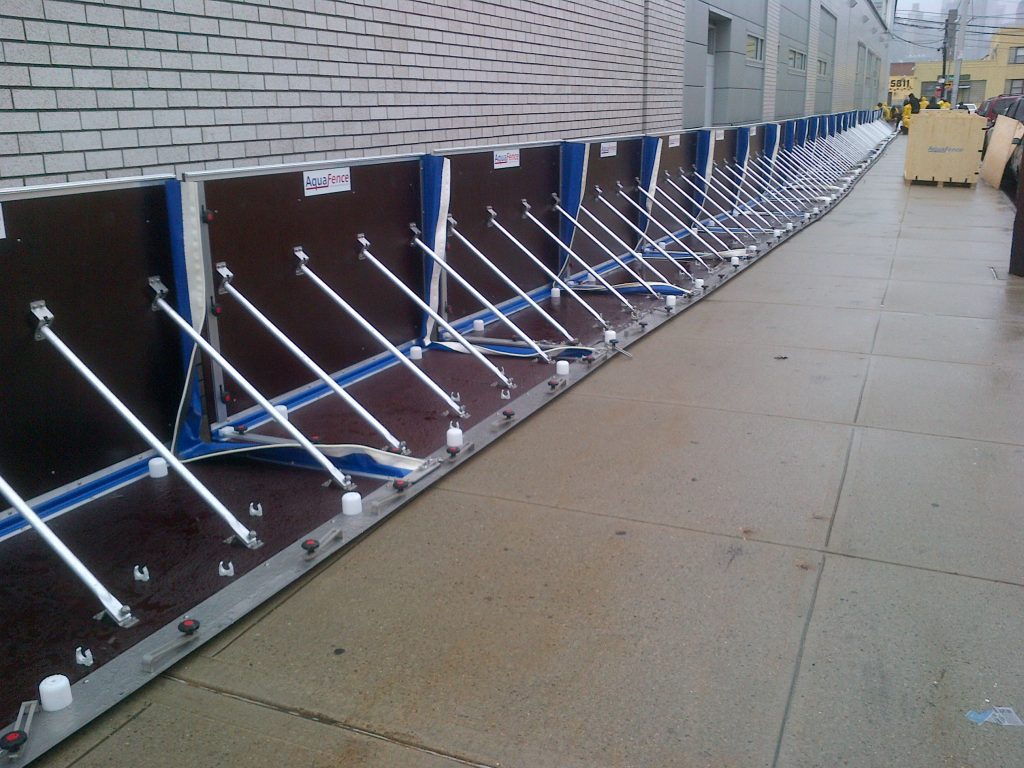
Coastal salt marsh wetlands are particular vulnerable to even the smallest amount of sea level rise. Coastal wetland are critical habitat for commercial and recreational fish and invertebrate species even in our urban setting. (see Billion Dollar Oyster) Loss of these wetlands through sea level rise pose a real threat to coastal economies and water quality if they are lost. At 44th drive we have the OPTIMAL chance on Public Land and Lake Vernon to achieve this dream with the already present wetlands.
The best policy for enabling coastal populations along the coast is to adapt to change and then to promote compliance with current best practices. Making state and local policy makers aware of the additional threats presented by climate change may help hasten their adoption of policies they already know or should have known by now.
- Decarbonization with Net Zero Energy Buildings. A new type of independence.
- Buildings represent 39% of global greenhouse gas emissions;
- Reducing carbon emissions in buildings will be critical to achieving net zero emissions by 2050;
- Efficient, zero carbon buildings take advantage of available, cost-effective technology to reduce emissions while increasing health, equity and economic prosperity in local communities.
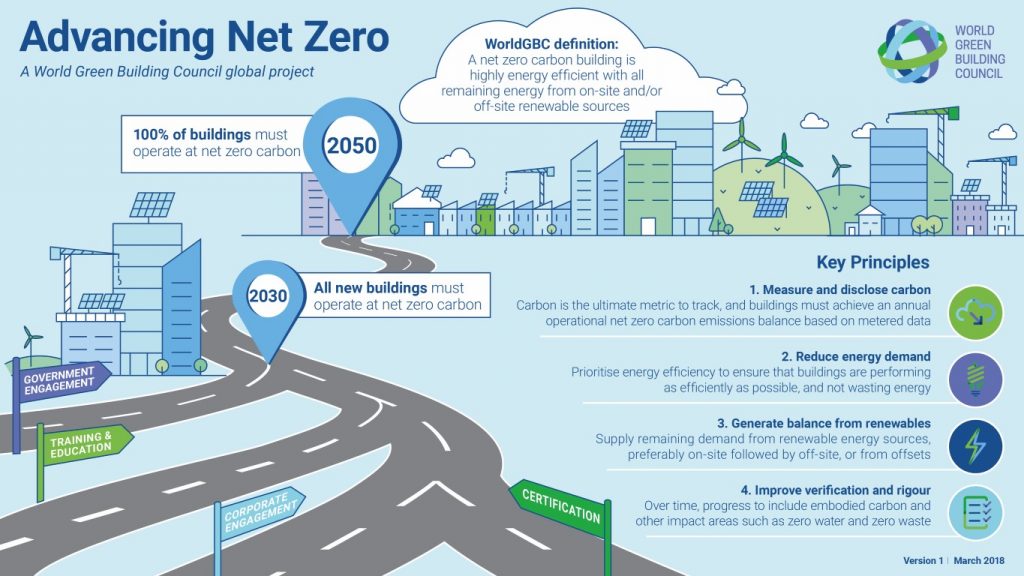
NZEB’s include photovoltaic solar panels, high-performance curtain walls, earth-coupled heating and cooling systems, automated natural ventilation systems, and daylight harvesting. Including green roof terraces to help reduce rainwater, and high-efficiency appliances. Smart Energy Management Systems are beneficial. The latter offer sophisticated technology which optimizes energy use with timers and algorithms.
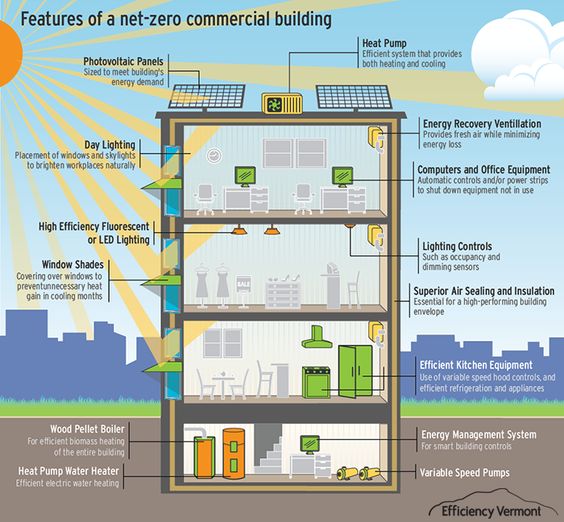
The system can adjust each room’s temperature using sensors to determine whether they are occupied. It can also adjust internal shades or external louvers to optimize temperature and lighting and adjust the level of artificial lighting based on the amount of natural lighting available. To limit the use of electricity, skylights or solar tubes can provide daytime lighting while fluorescent and LED lighting can be used at night. Net Zero energy Buildings can be done at large scale as pictured here as well as smaller scale which NYC is starting to work with.
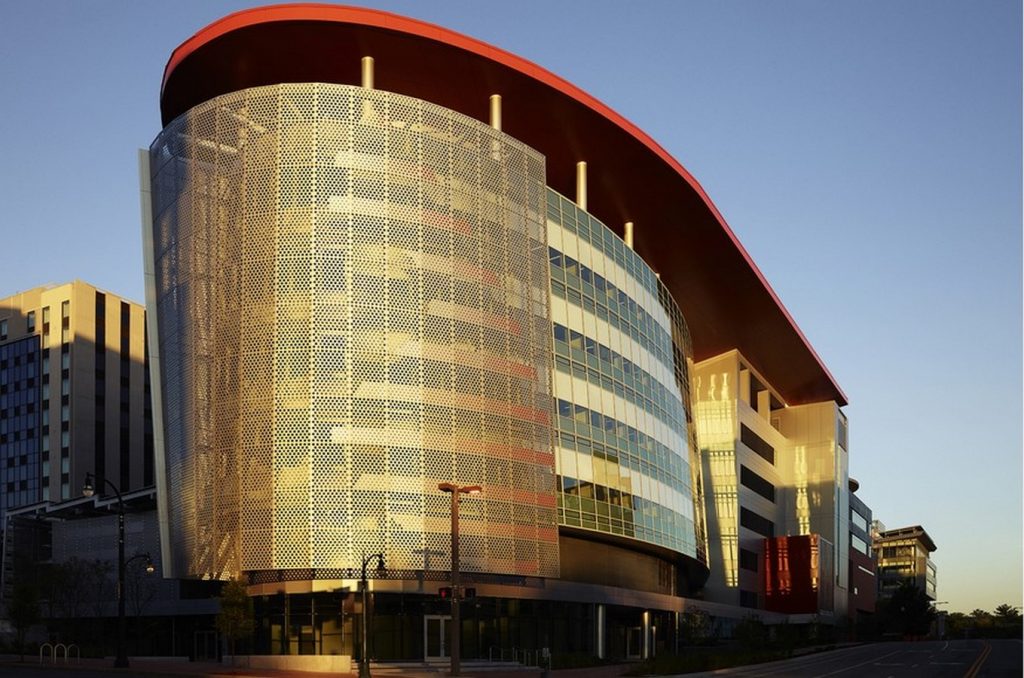
As the US faces more extreme weather conditions and record-breaking heat waves, New York City must increase standards that force these energy efficiency provisions in the city construction code.
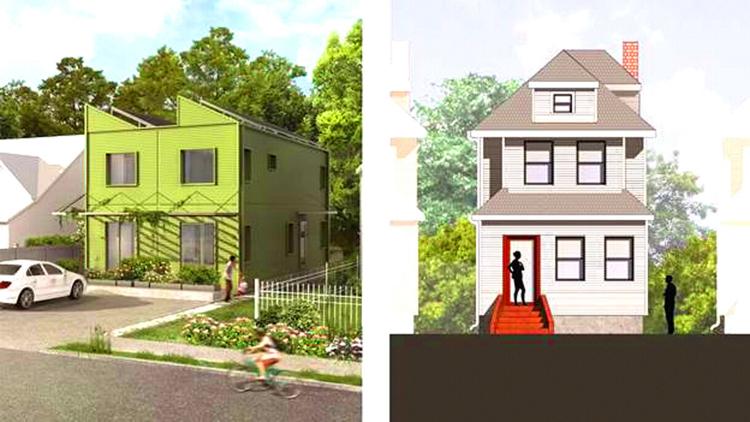
Approaching new developments or renovations, with the goal of attaining a net-zero energy result calls for a combination of design strategies, products, and materials. By embracing a wide spectrum of available technologies, New York City could open up and expand an entirely endless sector of jobs
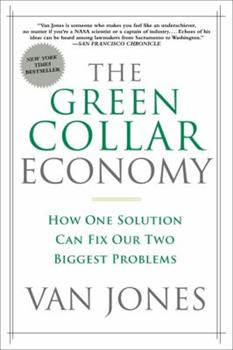
Green Walls in High Rise Buildings
- NYC has the potential to require Green walls as part of new development.
- Green walls are systems in which plants grow on a vertical surface over the building facade. Types of Green Facades are: Living Walls, Vertical Gardens, Hanging Gardens, Bio-Shades and Bio Facades. Different types of walls in building construction are: Facade- supported Green Walls, Facade- integrated Living Walls, Stepped Terraces, and Cantilevered Tree Balconies.
By advocating for green walls the urban heat island effect is reduced by improving air quality, isolation of carbon, improvement of biodiversity and creating natural animal habitats, deadening of sound – not to mention aesthetic appeal and psychological Impact.
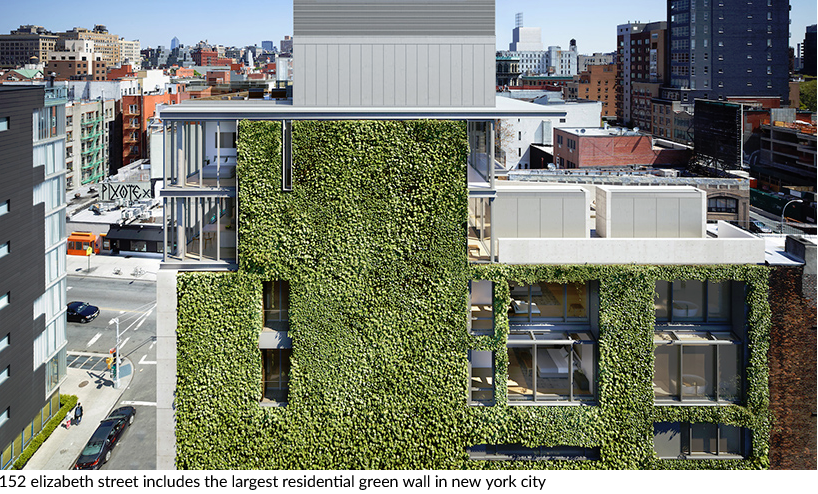
Building Energy efficiency is improved by evapotranspiration that will cool the air and will also reduce wind near the facade. Air filtration is achieved by improving air quality, heavy metals, copper, lead, and zinc are absorbed by the plants, and oxygenation results in better health.
